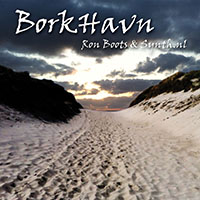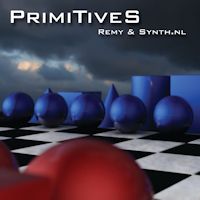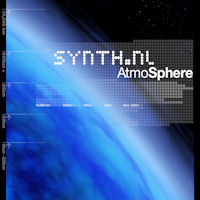 I just started a new DIY project. I will try to build the 9700S modular synthesizer from PAIA. Like the Fatman it is a complete kit. In the picture left you see the box it came in. I was very excited when it finally arrived. Off course I opened it right away.
I just started a new DIY project. I will try to build the 9700S modular synthesizer from PAIA. Like the Fatman it is a complete kit. In the picture left you see the box it came in. I was very excited when it finally arrived. Off course I opened it right away.The box was filled with bags with all the parts, the PCB's, front panels and a 19 inch frack rack enclosure. The first thing I did after opening the box was look at all the bags en try to figure out what was what. After that I quickly read trough the manuals to see what was the global idea.

I decided to start building the included Midi to CV module. The first thing to do is solder the resistors to the PCB. Each resistor has a color code to point out its value and that can be tricky, because some of the colors really look alike. So I was very careful with this. After the resistors the capacitors come in place. But soon I found out that I was missing all the IC's that should be in a separate bag. In every bag there is a card that says what to do when you miss some parts, so I immediately mailed to the e-mail address on the card. I was amazed that within the hour I had an answer with apologies and that they immediately shipped the bag to me. Nice going there PAIA!
 So I could not complete the Midi to CV module unfortunately at that time. I just hope the missing parts will arrive soon. After this little setback I decided to put the front panel component on the front panel.
So I could not complete the Midi to CV module unfortunately at that time. I just hope the missing parts will arrive soon. After this little setback I decided to put the front panel component on the front panel.And after that I build the 19 inch enclosure. This was all very easy so far. But I'm sure more difficult tasks lay ahead. But I don't mind. Building a kit like this is like an electronic jigsaw puzzle. It is supposed to be challenging right :)
The next module I will start on is the VCO module (Voltage Controlled Oscillator). Off course I will post upgrades on this project here.










No comments:
Post a Comment